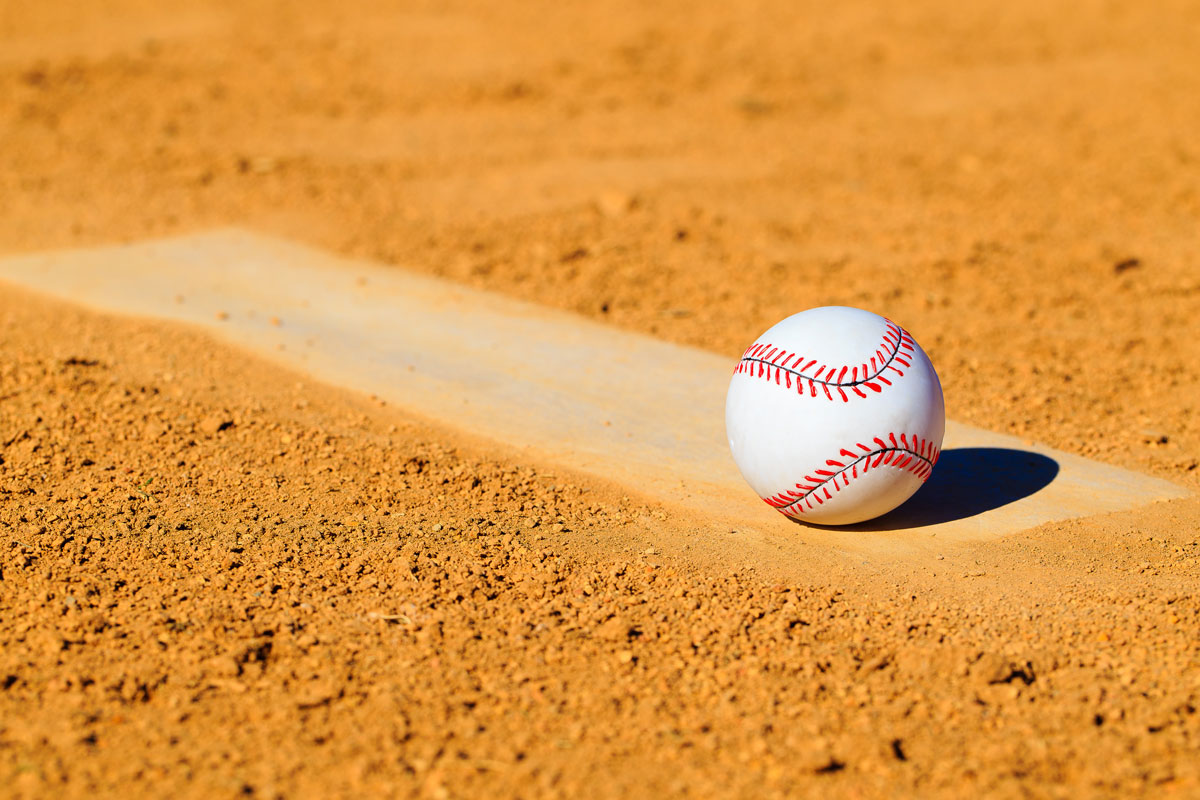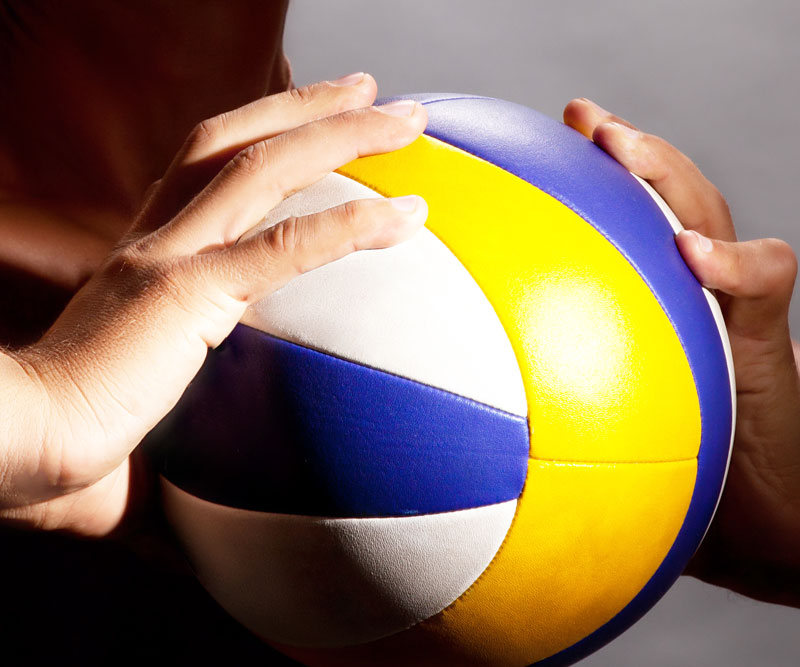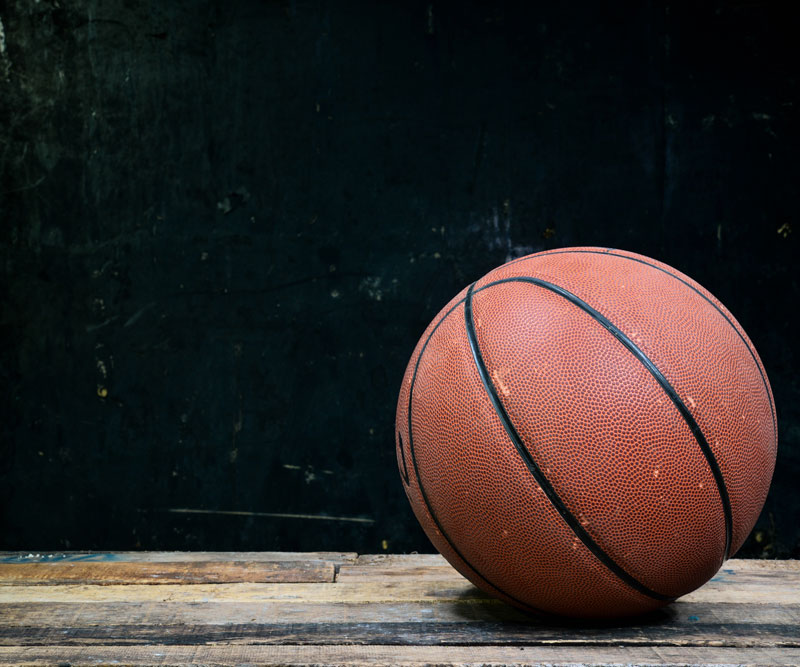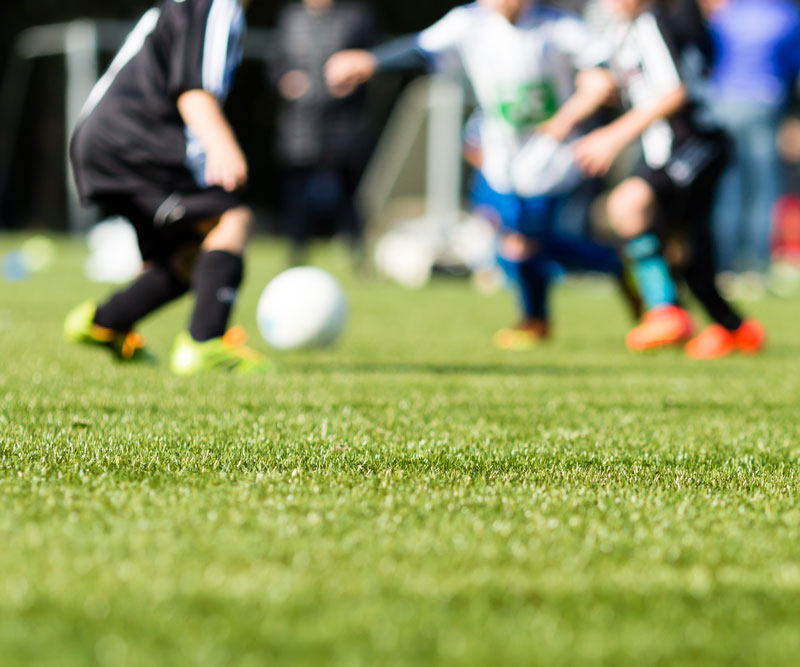
The Ins & Outs of a Common Baseball Injury
The incidence of injuries in young athletes is on the rise.
One region most susceptible to an overuse injury is the ulnar collateral ligament (UCL), the main stabilizer of the elbow that holds the upper-arm and forearm bones together. It also helps control arm movements like twisting, bending and throwing.
Too much stress on the elbow – like when a pitcher throws a baseball too much – puts extreme stress on the UCL. This can lead to a damage or tear of the ligament, which is difficult to repair and rehabilitate.
Several tips to keep you in the game throughout your life include:
- Warm up properly by stretching, running and easy, gradual throwing.
- Rotate playing other positions besides pitcher.
- Concentrate on age-appropriate pitching.
- Adhere to pitch count guidelines, such as those established by Little League Baseball.
- Avoid pitching on multiple teams with overlapping seasons.
- Don’t pitch with elbow or shoulder pain. If the pain persists, see a doctor.
- Don’t pitch on consecutive days.
- Don’t play year-round.
- Never use a radar gun.
- Communicate regularly about how your arm is feeling and if there is pain.
- Develop skills that are age appropriate.
- Emphasize control, accuracy and good mechanics of pitching.
- Master the fastball first and the change-up second, before considering the breaking pitches.
Speak with a sports medicine physician or athletic trainer if you have any concerns about baseball injuries or baseball injury-prevention strategies.
If symptoms persist, it is critical that a physician be contacted, especially if there is a lack of full-joint motion. Overuse and stress-related problems can affect growing parts of bone, not just the soft tissue (muscles, tendons and ligaments).
Athletes should return to play only when clearance is granted by a health care professional.
Published on: April 16, 2015





